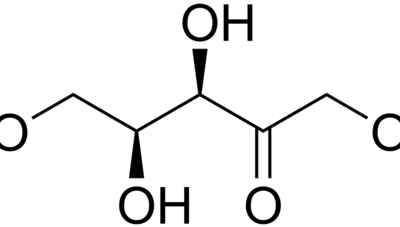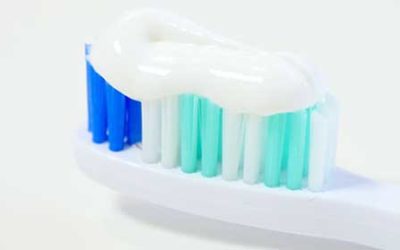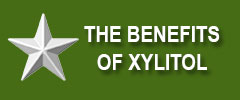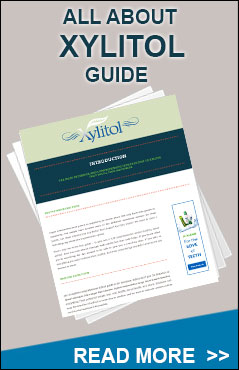When you get up in the morning and are dragging with no energy, you reach for a cup of tea or coffee. While there are health benefits to drinking tea or coffee in the morning, you don’t want to negate them with adding a couple spoons of sugar to your mug.
So what are the best sugar alternatives for tea?
Honey
Honey is a great sweetener for your tea. It’s natural, and flavors it well. However, while honey is natural, it’s not exactly low in sugars or low in calories. In fact it has the same sugars (glucose and fructose) as table sugar. And that is what most are trying to get away from. So what other sugar alternatives are available?
Agave
Agave is often viewed as a healthier alternative to sugar, and it definitely is more “natural” than refined sugar. Agave doesn’t cause a spike in blood sugar and that’s because the dominant sugar is fructose, which has been the subject of much criticism lately in leading to the same problems of insulin resistance as seen with high fructose corn syrup.
Stevia
Stevia is another sweetener that everyone has jumped on board with. The stevia sweetener comes from an herb and is “generally recognized as safe” according to the FDA. Stevia does come with some minor side effects. People have reported bloating and nausea after ingesting stevia and according to Livestrong.com people with diabetes should not consume stevia, as it can lead to hypotension or hypoglycemia. And while stevia is very sweet, it does have a bitter aftertaste similar to licorice.
Xylitol
Xylitol as a sugar alternative for tea or coffee is perfect. Xylitol has a nearly 1:1 sweetness ratio with sugar. That means you can use as much xylitol as you would normally sugar, only with 40% fewer calories and carbs. Xylitol contains no bitter aftertaste and can perfectly sweeten tea or coffee. It also has added dental benefits when consumed in appropriate amounts as it prevents dental caries. Some who use an over-recommended amount of xylitol have reported bloating and diarrhea. However, when used in the recommended amounts of 6 – 10 grams scattered throughout the day, individuals should experience little to no discomfort. The dental benefits of xylitol in reduced tooth decay are best obtained by several exposures over the day–the researchers say ‘strive for five’, which is associated with about an 80% reduction in decay. Gums and mints can help but the most economical way is just to use xylitol to sweeten your beverages and foods.
We obviously recommend xylitol as your sugar alternative for tea or coffee, but the decision of what you put in your body is ultimate yours. If you have any questions about xylitol comment and let us know, or visit our other blogs to learn more.
Related Articles
What is Pentosuria and How Does it Relate to Xylitol?
What is pentosuria? It sounds a bit daunting doesn’t it? There’s not a lot of information out there about pentosuria, and it can often go overlooked or misdiagnosed. So we thought it would be good to take a quick minute and explain what...
Special Ed and ear infections? Why are they connected?
Ear...
Nasal Irrigation: Washing Away Your Ailments
Having functioning and healthy nasal and sinus passageways can make a world of difference in your daily life. People with allergies often feel wary of enjoying a beautiful day outside because being exposed to allergens such as pollen, dust, and...
Places You Should Substitute Xylitol Sweeteners for Sugar
People often want to find replacements for table sugar in their diets. But which areas are you able to replace sugar? Does xylitol bake as well? Cook as well? Will it dissolve in liquids just as easily? Well the answer to these is yes, yes and...
Xylitol Toothpaste vs Fluoride Toothpaste
Why would you add a sweetener to toothpaste? It might seem counter-intuitive if you aren’t aware of the dental benefits of xylitol. Here’s why we recommend using xylitol toothpaste vs. fluoride only toothpaste. The cavity causing (cariogenic)...
The Nose is a Nidus: A Source of Infection for Ears, Sinuses, and Lungs
What's a nidus? A nidus is defined as “a place in which bacteria have multiplied or may multiply; a focus of infection”. The way it is now the nose is a nidus–virtually all upper respiratory problems, both allergenic and infectious begin in the...












Xylitol is a naturally present substance found in the fibres of many fruits and vegetables and can be made in small amounts by the body. While it can be sourced from carbohydrate molecules (called polysaccharides) in the cell walls of birch and beech trees, rice, oat, wheat and cotton husks, the main source of xylitol for commercial use is corn cobs. Once extracted and processed, you’re left with a white, crystalline powder that looks like sugar. It has the same sweetness as sugar and has become a popular sweetner in food and health products.